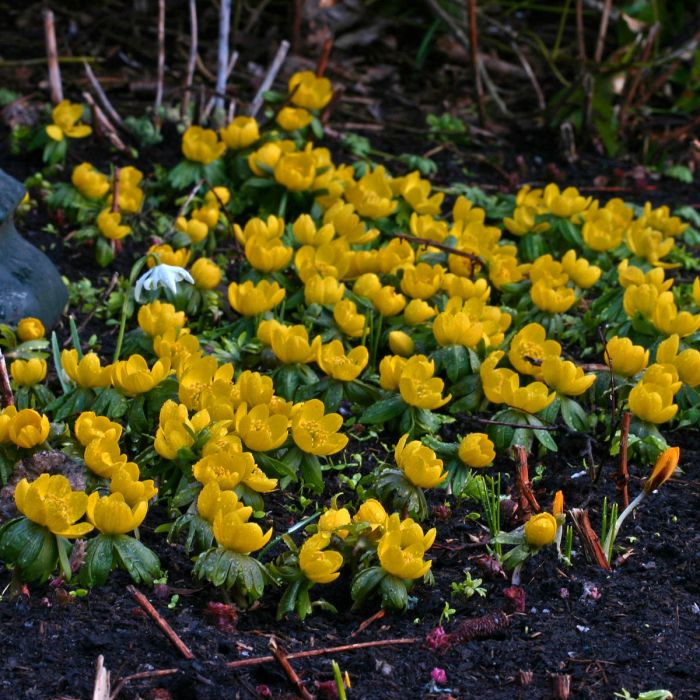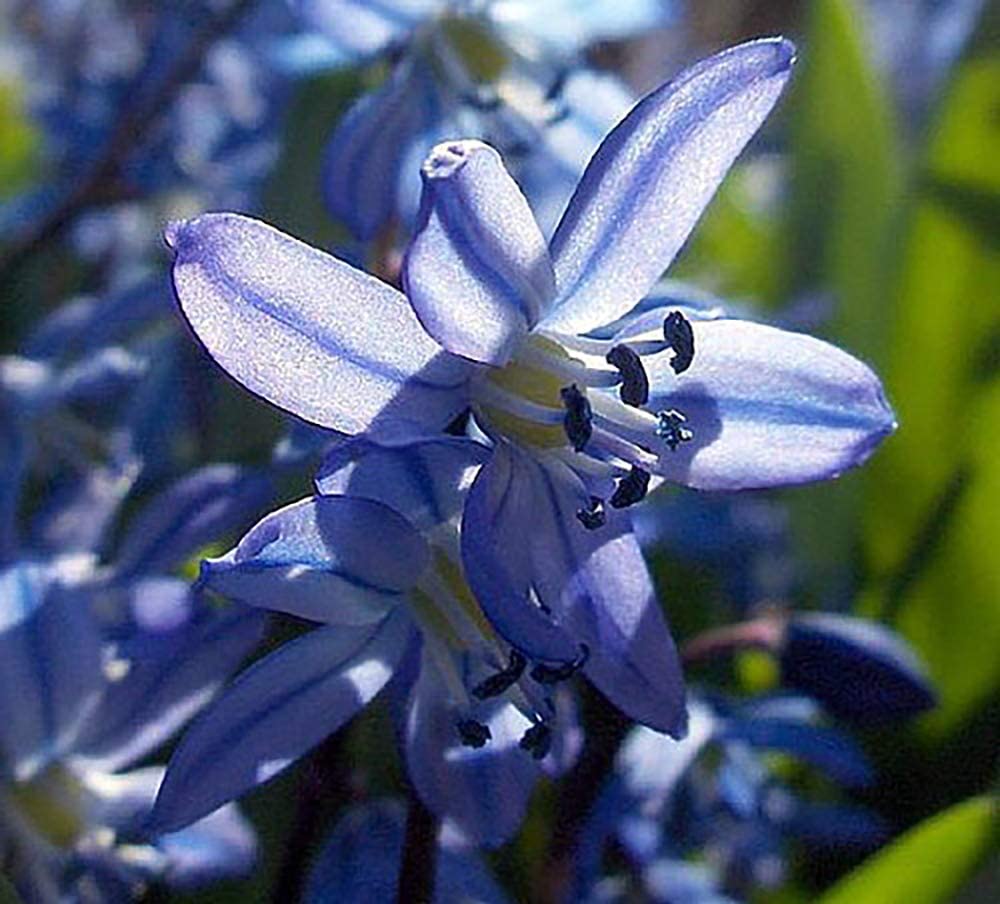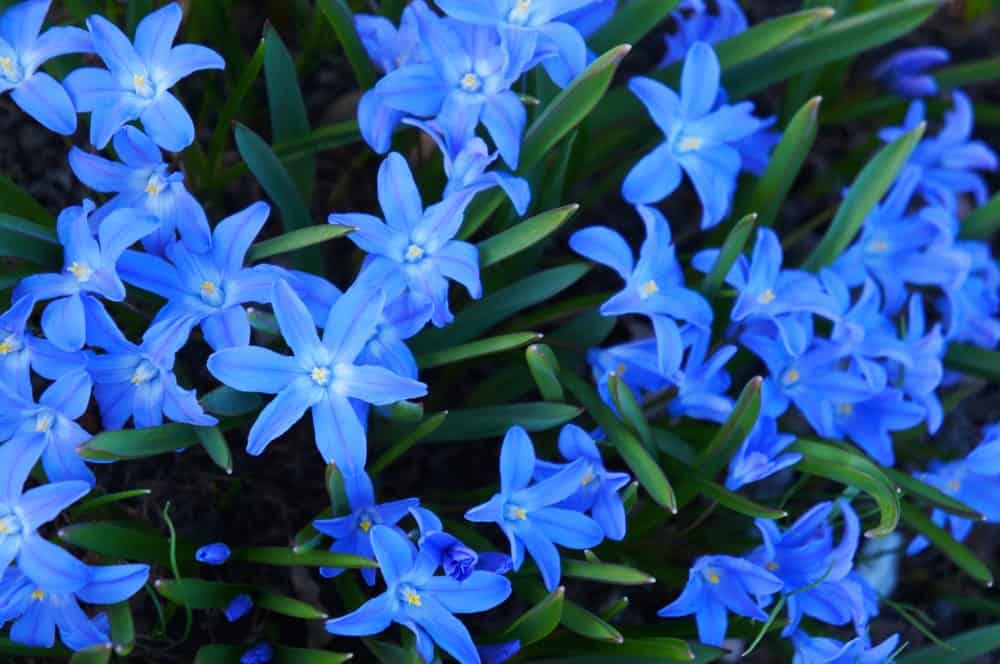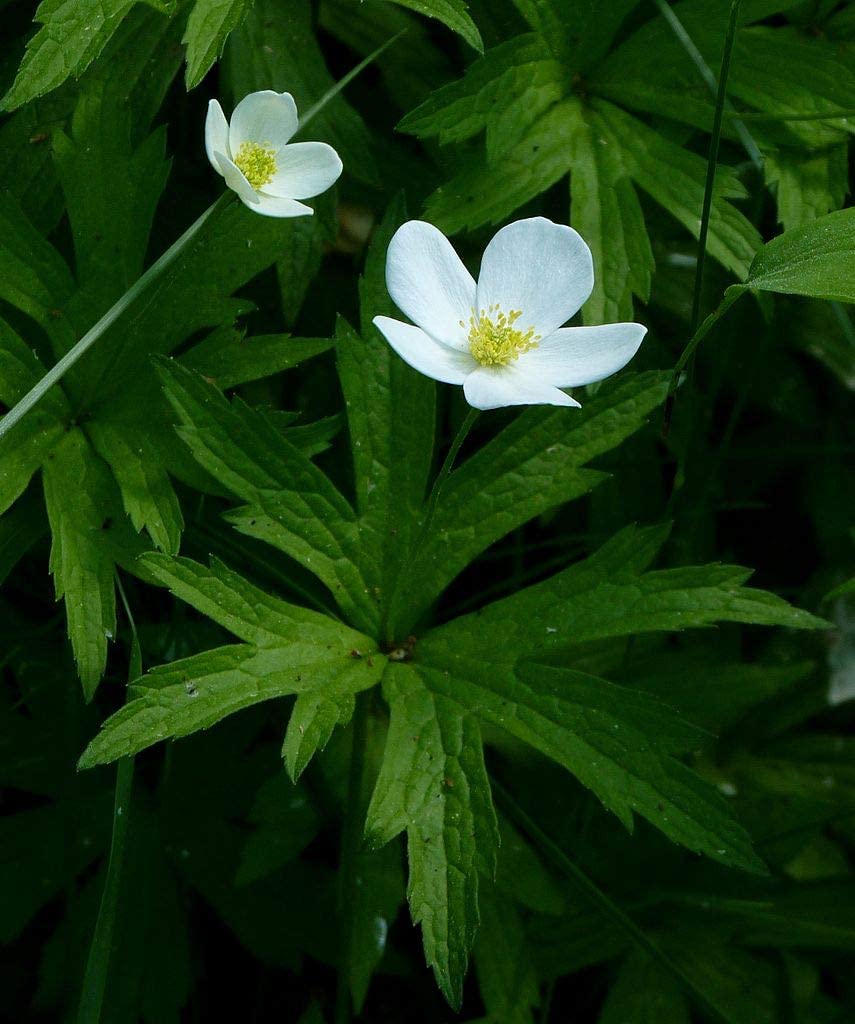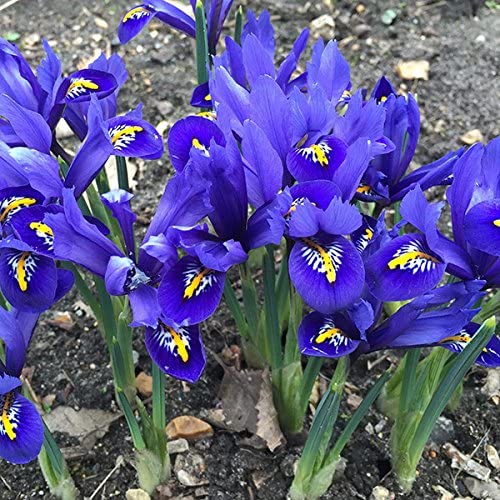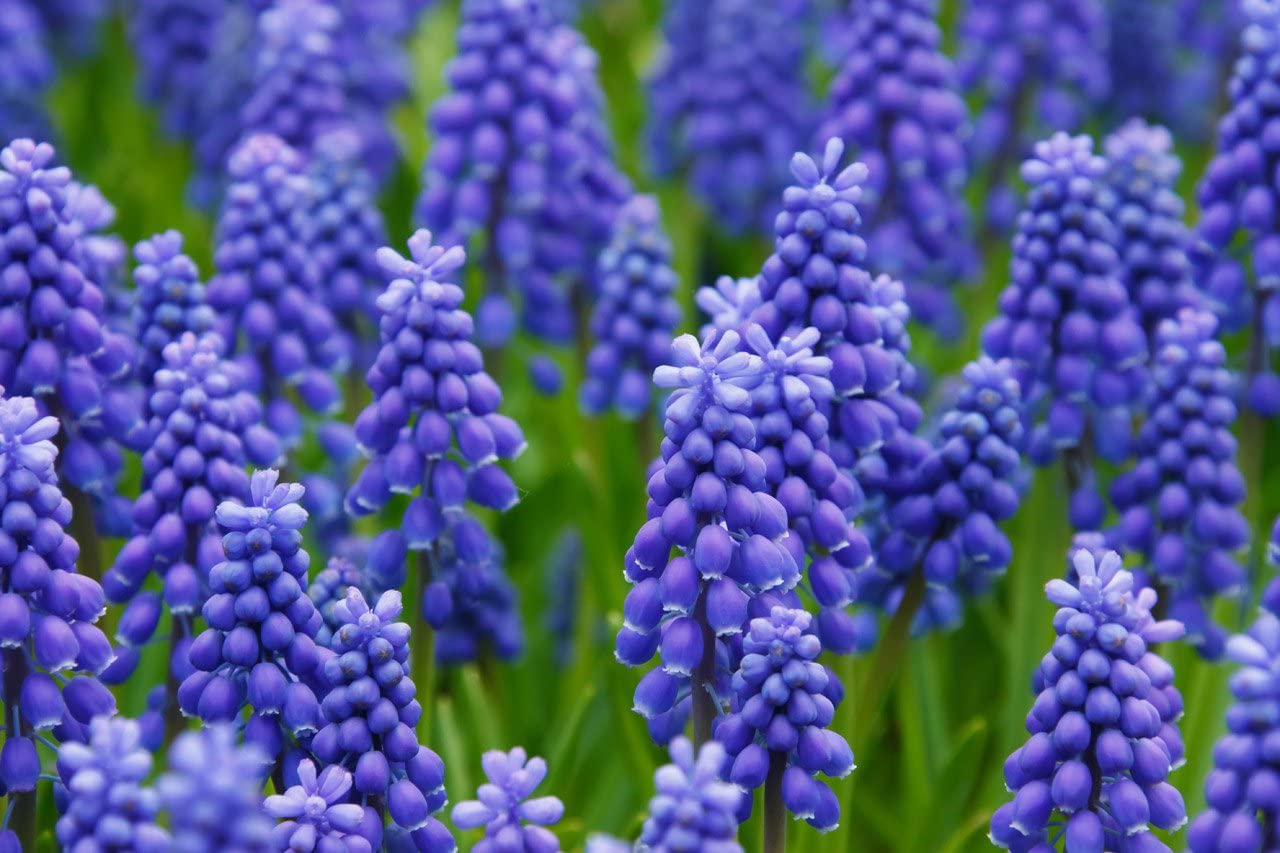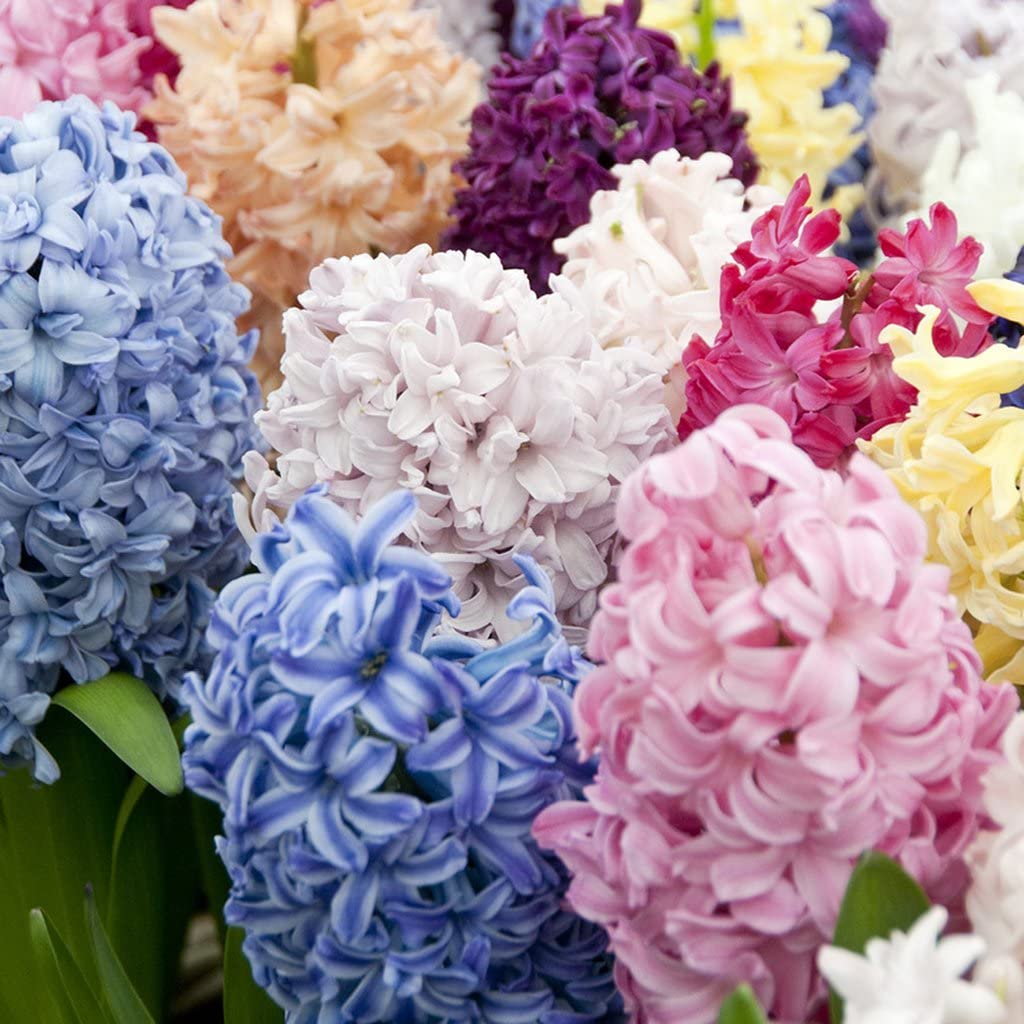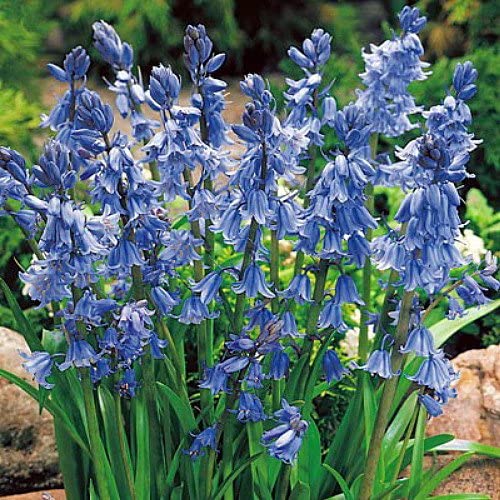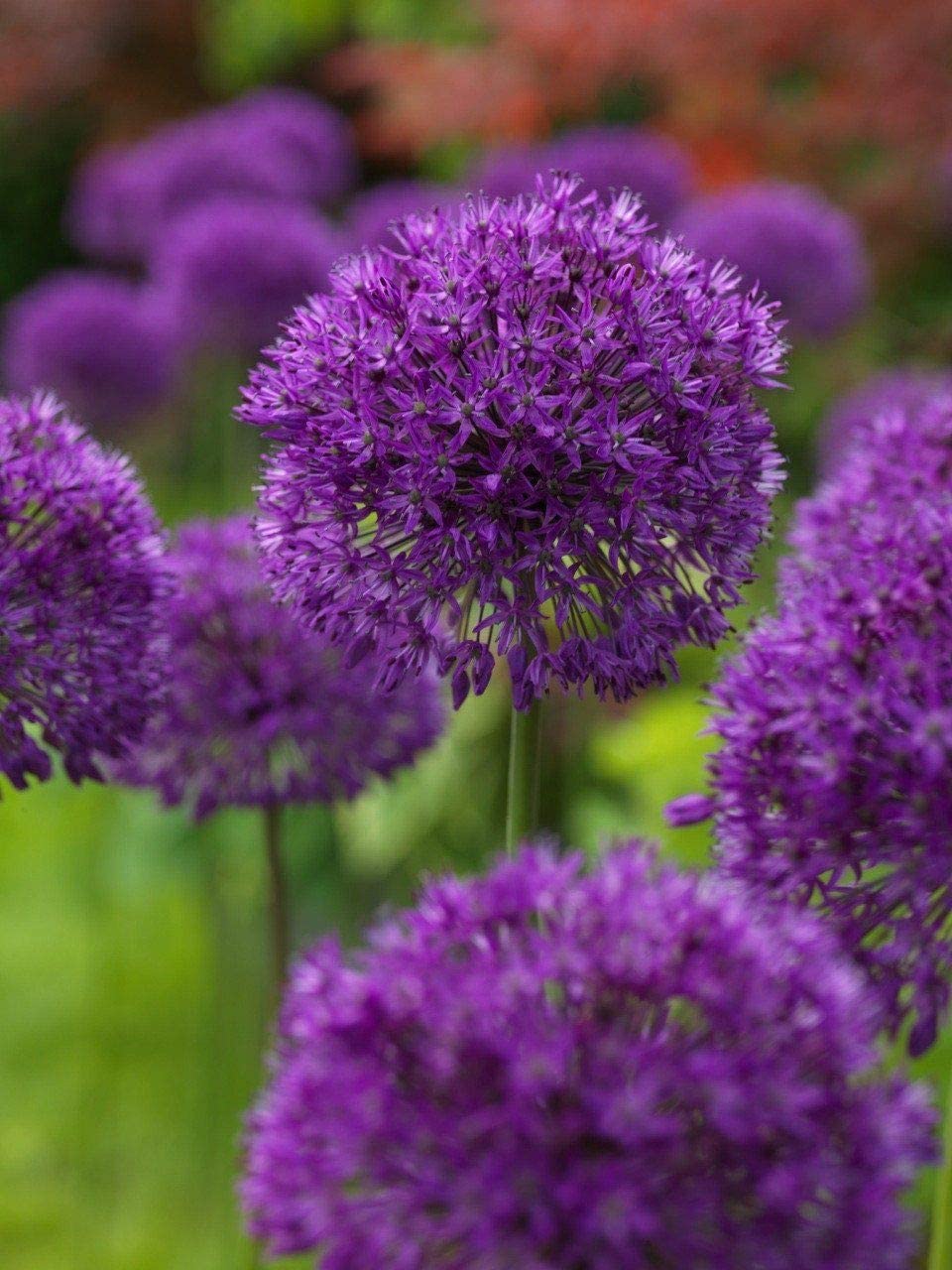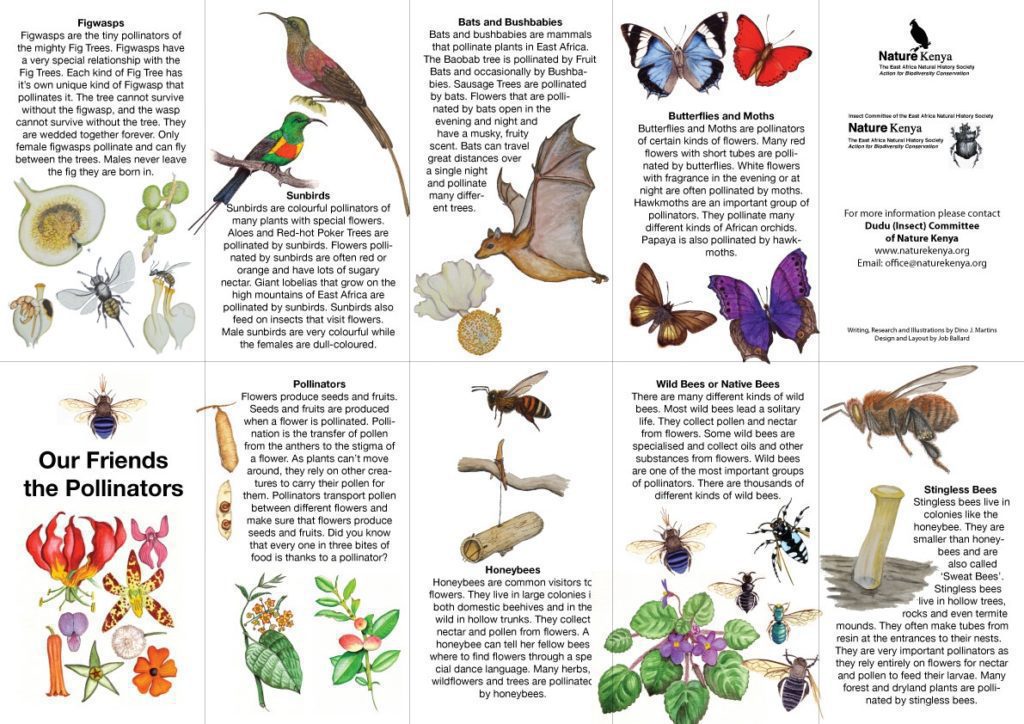
Planting a pollinator-friendly bulb garden is a beautiful way to support these vital creatures and add color to your spring landscape.
- Bloom Time: Choose a variety of bulbs that flower at different times (early, mid, and late spring) to provide a continuous food source for pollinators throughout the season.
- Single Blooms: Opt for bulbs with single flowers and easy-to-reach centers. Complex, highly hybridized flowers can make it difficult for pollinators to access nectar and pollen.
- Nectar and Pollen Rich: Look for bulbs known to be rich in nectar and pollen, which are essential for pollinator nourishment.
- Deer and Pest Resistance: Consider bulbs naturally resistant to deer and pests, minimizing maintenance for your garden.
Why Bulbs Are Perfect for Pollinators
Spring bulbs are a boon to pollinators for several reasons. First, they are some of the first flowers to emerge after winter, providing a critical food source when little else is available. Many early bloomers are also rich in nectar and pollen, offering essential nourishment for bees, butterflies, and other beneficial insects. Finally, many bulbs are naturally deer and pest-resistant so that you can enjoy a thriving garden with minimal maintenance.
Planting for a Pollinator Paradise
Benefits Beyond the Buzz: Planting a pollinator garden isn’t just good for the environment! By attracting pollinators to your yard, you’re also helping to ensure better pollination for your other garden plants, which can lead to higher yields of fruits and vegetables.
Choose Wisely: Not all bulbs are created equal for pollinators. While some complex, highly hybridized flowers may look stunning, their intricate shapes and short stamens can make it difficult for pollinators to access the pollen and nectar. Opt for single blooms with easy-to-reach centers for a pollinator-friendly garden.
Succession of Blooms: To keep the buffet open all spring and summer, plant a variety of bulbs that flower at different times. Snowdrops and Siberian squill take center stage in early spring, followed by grape hyacinths and tulips in mid-spring. Alliums and Spanish bluebells will continue the show in late spring, providing a continuous food source for pollinators throughout the season.
Planting Tips: Most spring-flowering bulbs prefer a sunny location with well-drained soil. Plant them in the fall, following the packaging’s recommended depth and spacing instructions.
Blooming Beauties for Busy Bees
Here are some excellent bulb choices to attract pollinators to your garden:
- Early Spring: Snowdrops, Siberian squill, winter aconite, crocus, glory-of-the-snow
- Mid-Spring: Grape hyacinth, hyacinth, reticulated iris
- Late Spring: Spanish bluebells, ornamental alliums, quamash
With some planning and these helpful tips, you can create a vibrant bulb garden that provides a haven for pollinators and adds a burst of color to your spring landscape. So grab your trowel, plant those bulbs, and watch your garden come alive with the buzz of busy pollinators!
Bulbs That are Blooming in Early Spring
Provide pollinators with flowers quickly by planting these bulbs, which are several of the first to floral in springtime.
Snowdrops
Usually, one of the very first hints of springtime, snowdrops produce flowers that are white with teardrop shape petals. In certain regions, they can begin to show up before the ice completely melts.
Deer will often stay away from these first bloomers, but other pollinators and bees will happily visit them.
Growing Conditions: Full sunlight, part sun, or perhaps well-drained soil and shade
Are Bulbs good for Pollinators
Size: As much as ten inches tall
Zones: 3-9
Winter Aconite
Another early springtime bloomer, wintertime aconite, has brilliant yellow flowers that will chase away the final of the winter chill.
Its blooms are like small buttercups, and also because this particular vegetable remains small and blooms early on, it’s an excellent option for planting around oak and maple trees.
Growing Conditions: Full sunshine and moist, well-drained soil
Size: As much as six inches tall
Zones: 3-7
Crocus
Bright purple crocuses can also be noted for bringing early color to the spring garden.
The bulbs will gradually multiply and spread through the years (a procedure called naturalizing), and most likely are not bothered by pests like rabbits and deer.
You may have to grow a few bulbs every year in case your objective is a rich carpet of crocuses. However, you will not have to replant every one of them entirely. Are Bulbs good for Pollinators?
Growing Conditions: Full sunshine or perhaps well-drained soil and part sun
Size: As much as six inches tall
Zones: 3-8
Siberian Squill
This early bloomer is a favorite for bees, as to ensure you plant several Siberian squill bulbs this autumn to improve your pollinator garden.
Like crocuses, Siberian squill is going to naturalize distribute as time passes, so you will wind up with much more light pink or perhaps blossoms that are white as the years go by.
Growing Conditions: Full sunshine or perhaps well-drained soil and part sun
Size: As much as six inches tall
Zones: 2-8
Glory-of-the-Snow
Another plant that may bloom before the ice is fully melted, glory-of-the-snow has tiny star-shaped flowers that could be shades of pink, pink, or perhaps gray.
This plant is indigenous to rocky mountainsides, so it will fit right into the rock garden while helping attract as well as support local pollinators.
Growing Conditions: Full sunshine or perhaps well-drained soil and part sun
Size: As much as six inches tall
Zones: 3-8
Wood Anemone
Producing single white or perhaps light red blossoms, timber anemone tends to make in dense mats, covering the soil with spreading and foliage through rhizomes.
It is indigenous to the East Coast and areas of the Midwest and generally blooms between March as well as May.
Akin to winter aconite, it is an excellent option for growing under trees since the blossoms are beginning to vanish anyway as new leaves develop in above.
Growing Conditions: Full shade or part shade and moist, well-drained soil
Size: As much as ten inches tall
Zones: 5-9
Reticulated Iris
A lot of early spring flowers have muted or pale colors, but these small irises are going to burst into bloom with creamy purplish-blue flowers.
These plants remain relatively small, so in case you wish them to affect the landscape of yours, it is better to plant them in big clumps.
You can also push the bulbs in containers in case you would like to enjoy them in pots.
Growing Conditions: Full sunshine or perhaps well-drained soil and part sun
Size: As much as six inches tall
Zones: 5-9
Bulbs That Bloom in Mid-Spring
Once early bloomers will vanish, these mid-spring plants are going to take over with blossoms that entice and support pollinators.
Grape Hyacinth
Though purplish-blue blooms are most familiar on grape hyacinths, you can additionally locate variations of this particular vegetable that bloom in yellow and white.
Flowering in mid-spring, it is not a genuine hyacinth (but does are like a more compact version of the various other spring flowering bulb).
Grape hyacinth does not grow very tall, and so plant it at the front side of borders and flower beds.
Growing Conditions: Full sunshine or perhaps well-drained soil and part sun
Size: As much as eight inches tall
Zones: 4-8
Hyacinth
True hyacinths are available in a selection of shades, pink, yellow, orange, red, purple, including blue and white.
The clusters of theirs of flowers that are bright will attract pollinators as well as look beautiful planted alongside tulips and daffodils.
Plus, deer usually do not bother squirrels, and hyacinths will not munch on the bulbs of yours in the soil.
Growing Conditions: Full sunshine or perhaps well-drained soil and part sun
Size: As much as twelve inches tall
Zones: 4-9
Crown Imperial
Bulbs That Bloom in Late Spring
Finish out the season as well as transition into summertime with these bulbs, which will blossom after spring.
Unlike any other springtime bulb, crown imperial is going to give the garden of yours a tropical look in mid-spring.
The clusters of blossoms look a little bit like upside-down tulips but have healthy, spiky leaves developing from the top.
You can get varieties that bloom in shades of white, orange, and yellow.
Growing Conditions: Full sunshine or perhaps well-drained soil and part shade
Size: As much as four feet tall
Zones: 5-8
Bulbs That Bloom in Late Spring
Finish out the season as well as transition into summertime with these bulbs, which will blossom after spring.
Spanish Bluebells
A late spring bulb that tolerates tone, Spanish bluebells will flourish under trees and even in the shade of bushes.
Spanish bluebells are a great partner for daffodils because each often blooms around the same time, and the brilliant yellow daffodil blooms produce a striking contrast to Spanish bluebells’ purple flowers or light blue.
Growing Conditions: Full sunshine or perhaps part sunshine and moist, well-drained soil
Size: As much as sixteen inches tall
Zones: 3-8
Ornamental Onions
When placed in clusters, ornamental onions seem like something out of a Dr. Seuss book.
They’ve extended, slim green stems with spherical clusters of dozens (and also approximately a hundred) small flowers on top.
Ornamental onions are deer resistant and will have blue, pink, white, red, purple, or perhaps yellow flowers.
Growing Conditions: Full sunshine or perhaps well-drained soil and part sun
Size: As much as three feet tall
Zones: 4-9
Quamash
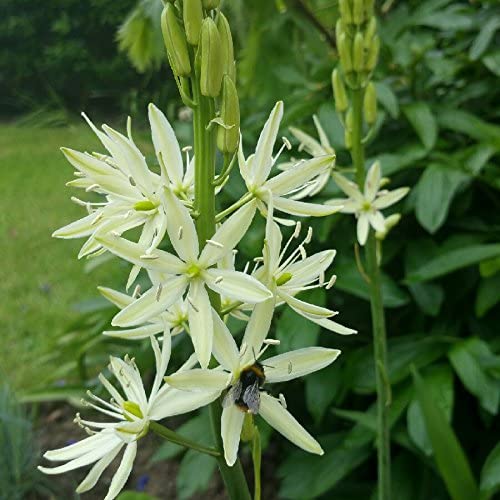
Also known as camassia, quamish is going to take over after your tulips vanish, and daffodils begin to droop.
This indigenous spring bulb is well known with pollinators, and also it is as well a favorite for cut floral bouquets.
It creates clusters of purple or perhaps white star-shaped flowers and also pairs well with some other pollinator favorites, including spiderwort and phlox.
Growing Conditions: Full sunshine or perhaps part sunshine and moist, well-drained soil
Size: As much as two feet tall
Zones: 4-8
Read More: Hydroponics Gardening
Conclusion
With a bit of planning and the right bulb choices, you can create a vibrant pollinator haven that bursts with color and life throughout spring. So grab your trowel, get planting, and watch your garden come alive with the buzz of busy pollinators – you’re making a real difference for these vital creatures!




















